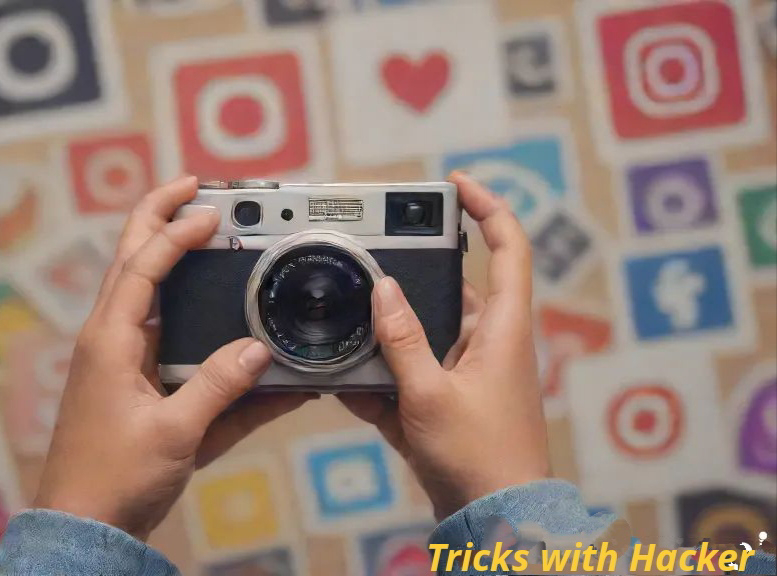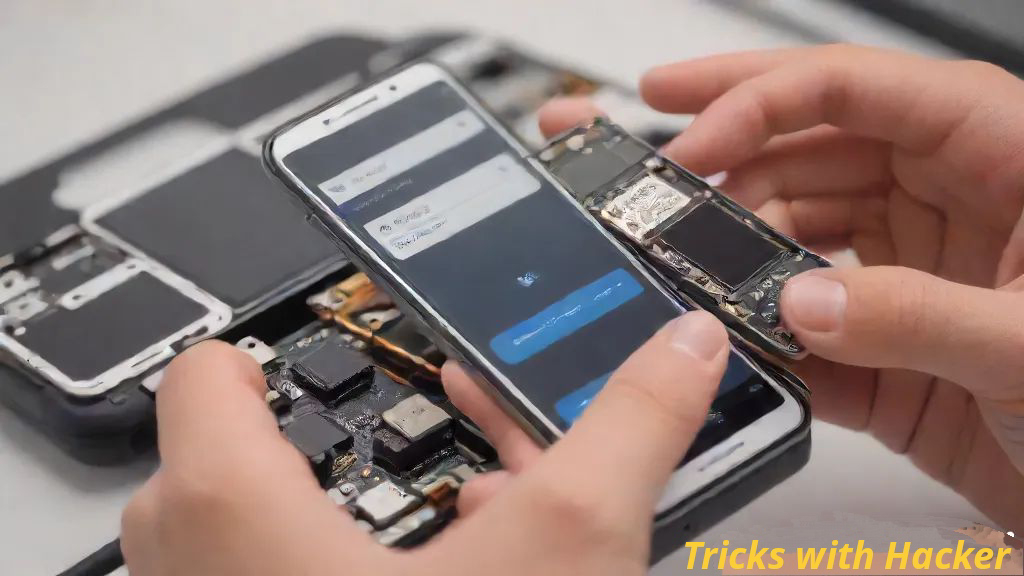Welcome to Tricks with Hacker! In this guide, we'll cover essential tips and practices to help you stay safe from hackers and protect your personal information online.
Use Strong and Unique Passwords:
- Create strong, complex passwords for all your online accounts. Use a combination of letters, numbers, and special characters. Avoid using easily guessable information like your name or birthdate. Additionally, ensure each account has a unique password to prevent hackers from accessing multiple accounts if one password is compromised.
Enable Two-Factor Authentication (2FA):
- Enable two-factor authentication wherever possible. 2FA adds an extra layer of security by requiring not only a password but also a secondary authentication method, such as a code sent to your phone or email, to access your accounts.
Keep Software Updated:
- Regularly update your operating system, software, and apps to patch security vulnerabilities. Hackers often exploit outdated software to gain access to devices and systems. Enable automatic updates whenever possible to ensure you're always running the latest versions.
Be Cautious of Phishing Attempts:
- Be wary of unsolicited emails, messages, or phone calls requesting personal or sensitive information. Phishing attacks often disguise themselves as legitimate entities to trick users into revealing their credentials or downloading malware. Always verify the sender's identity before responding or clicking on any links.
Use Secure Wi-Fi Networks:
- Avoid connecting to unsecured or public Wi-Fi networks, especially when accessing sensitive information or logging into accounts. Hackers can intercept data transmitted over unsecured networks, potentially compromising your privacy and security. Use a virtual private network (VPN) when connecting to public Wi-Fi for added encryption and security.
Regularly Back Up Your Data:
- Back up your important files and data regularly to a secure location, such as an external hard drive or cloud storage service. In the event of a cyberattack or data breach, having backups ensures you can restore your files and minimize potential damage or loss.
Use Antivirus and Antimalware Software:
- Install reputable antivirus and antimalware software on your devices to detect and remove malicious threats. Keep the software updated and run regular scans to identify and eliminate any potential security risks.
Limit Sharing Personal Information:
- Be mindful of the information you share online, particularly on social media platforms. Avoid posting sensitive personal details such as your full name, address, phone number, or financial information publicly. Review and adjust your privacy settings to control who can see your posts and profile information.
Educate Yourself About Cybersecurity:
- Stay informed about the latest cybersecurity threats, trends, and best practices. Educate yourself on common hacking techniques and how to recognize and mitigate potential risks. Share your knowledge with friends and family to help them stay safe online as well.
Trust Your Instincts:
- If something seems suspicious or too good to be true, trust your instincts and proceed with caution. Don't click on unfamiliar links or download attachments from unknown sources. When in doubt, verify the legitimacy of the request or communication before taking any action.
By following these tips and best practices, you can significantly reduce your risk of falling victim to hackers and enhance your online security.

















